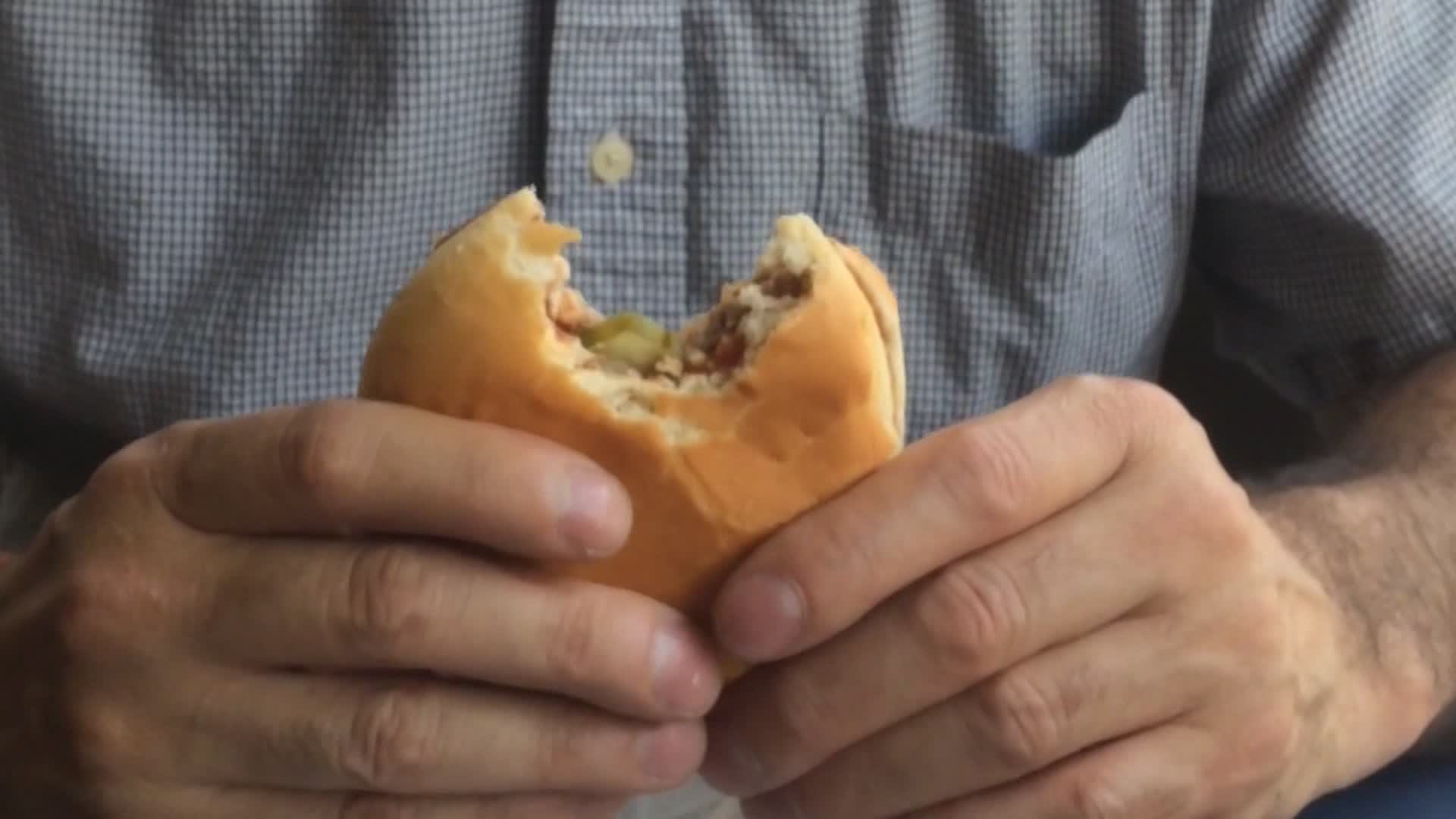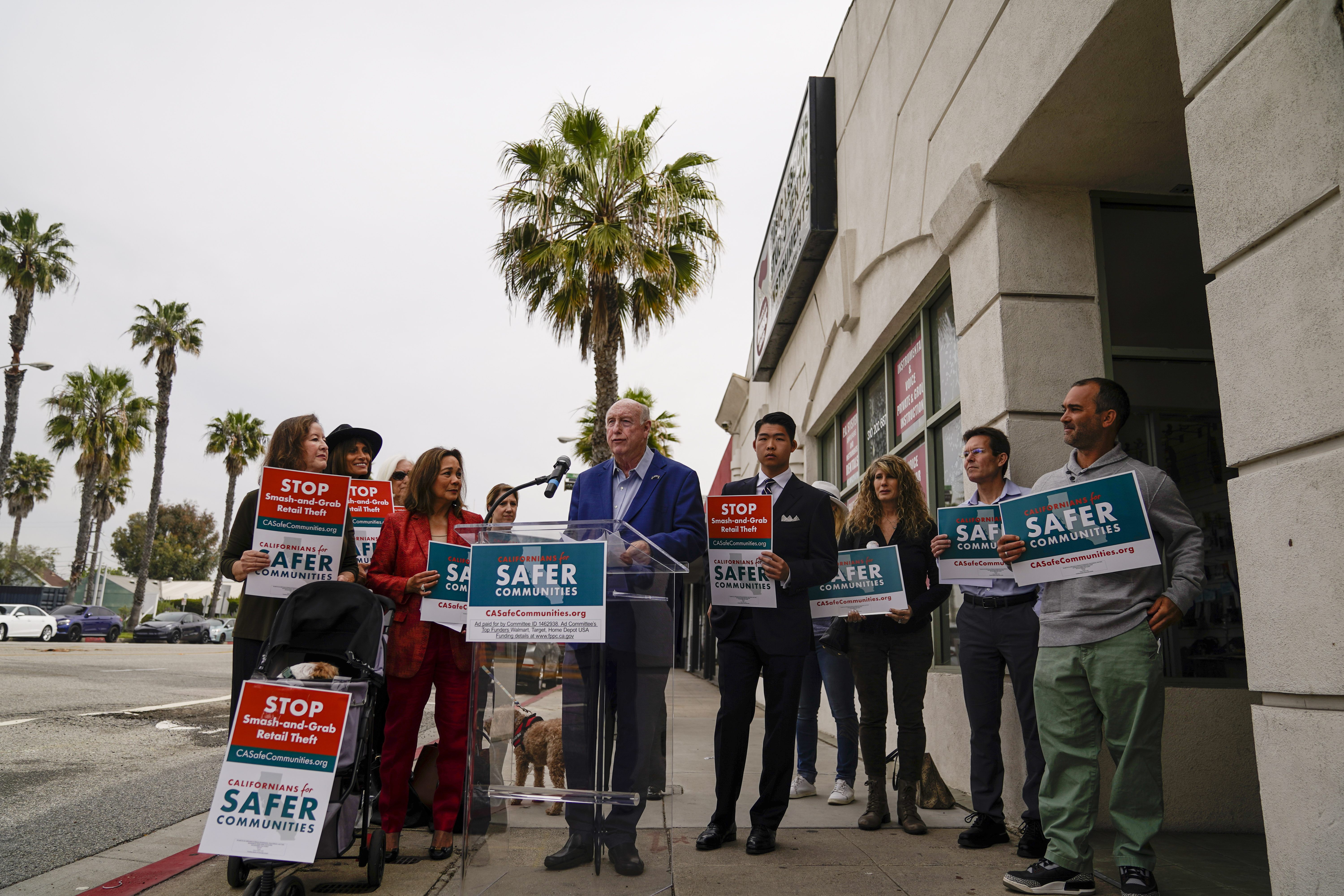
Both United States and Mexican officials announced separate plans on Tuesday to upgrade Tijuana River wastewater facilities.
The international river has been a longtime problem for residents of Imperial Beach and Tijuana, as sewage and trash from the river have spilled into the Pacific Ocean for decades, often closing beaches near the border and damaging natural habitats along the river.
The Tijuana River straddles the U.S.-Mexico border, picking up sewage and trash along its winding and cross-border path. Over the last 40 years water-treatment facilities have been overrun with sewage and trash, especially during the rainy season.
The plans announced Tuesday from San Diego County and the International Boundary and Water Commission address the wastewater issue and propose projects in the U.S. and Mexico to solve it.
The San Diego County report, the Needs and Opportunities Assessment, outlined 27 U.S. projects to improve waste treatment. Sewage waste runs into the Pacific Ocean from the Tijuana River 138 days out of the year, according to the report.
County officials said they believe it could shrink that number to 12 days per year with its proposed projects, a 91% reduction.
The county intends to do this by building new facilities along San Diego's portion of the Tijuana River that can handle the overflow of wastewater from the Mexican water-treatment facility, which is unable to operate during rainy days.
California
News from across California
The county proposed three strategies to deal with the substantial overflow.
The first method is to treat the contaminated water and then pump that water into the deep ocean through the South Bay Ocean Outfall system.
The second strategy is to pump the raw wastewater into the deep ocean through the outfall system. The third proposal is to create in-stream basins, which would trap trash and sewage to be later collected.
The report has been sent to the Environmental Protection Agency, which committed up to $300 million from the new U.S.-Mexico-Canada Agreement towards the U.S.-Mexico wastewater issue.
San Diego County officials hope the EPA oversight committee will use those funds toward the outlined projects.
"Our county has been at the forefront of finding solutions to the persistent sewage problems in the Tijuana River Valley, and this study goes a long way to achieving that," Board of Supervisors Chairman Greg Cox said.
"Thanks to my colleagues at the federal, state, and local level who have all worked tirelessly to advocate for and secure this federal funding, we are now ready to work with the EPA to identify the projects that will have the most impact in capturing, diverting and treating sewage so that we can finally reclaim and enjoy our beaches in the South Bay."
The International Boundary and Water Commission announced Tuesday the Tijuana pump station would be rehabilitated, thanks to its Mexican Section receiving the equivalent of about $3.6 million from Mexico's National Water Commission.
The improvements to the pump station are scheduled to be completed this year and reduce dry-season wastewater runoff by 70%, according to Jesus Luevano, the Mexican secretary of the International Boundary and Water Commission.
The payment is the first from the plan announced by the Mexican government in October to address transboundary wastewater spills in the Tijuana River.
The money will be used to construct a new pump intake and a sedimentation tank to remove silt which will reduce the amount of trash that clogs the pumps and lessen the time the pump station is out of operation for cleaning, decreasing the number of spills and transboundary flows, Luevano said.
The improvements will benefit ``the health of residents on both sides of the border,'' Luevano said.



